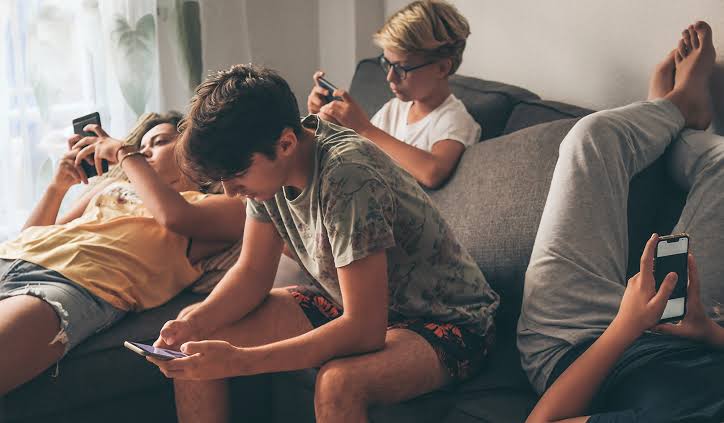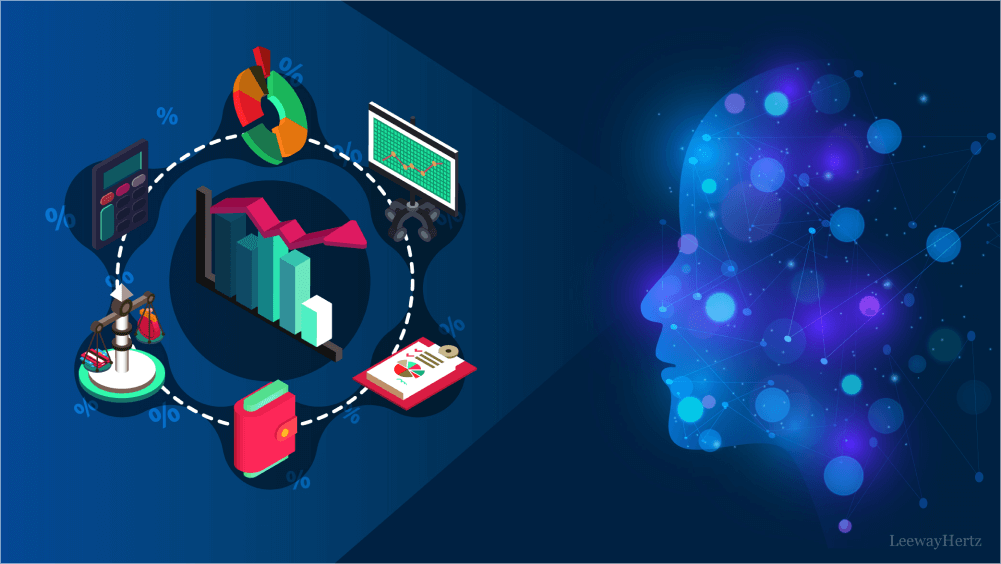Technology has changed many parts of life, like learning, fun, talking, and daily habits. For kids, digital technology is a big part of growing up. They use smartphones, tablets, games, and social media every day. These tools help with learning and staying connected, but too much screen time can hurt kids’ mental health. By July 2025, experts and teachers are warning more about the effects of too much digital use on young people’s minds.
Understanding the nuanced impact of technology on children’s mental well-being is vital for parents, teachers, and policymakers. With the rise in anxiety, depression, attention disorders, and social withdrawal among minors, it has become more urgent than ever to analyze both the benefits and risks that digital environments pose to their developing minds.
Screen Time and Emotional Well-being
One of the most debated issues in modern parenting is the amount of screen time children are exposed to. Studies in 2025 continue to show that excessive screen time is strongly linked to negative emotional outcomes, particularly among children aged 6 to 17. When children spend multiple hours daily on digital devices, especially in passive activities like binge-watching or endless scrolling, they are more likely to report feelings of sadness, irritability, and loneliness.
This trend is often attributed to a reduction in physical activity, limited face-to-face interaction, and disrupted sleep patterns. Blue light emitted from screens has been shown to interfere with melatonin production, making it harder for children to fall asleep and stay asleep. Sleep deprivation, in turn, worsens mood regulation and emotional resilience. While technology isn’t inherently harmful, unmoderated screen time—particularly before bedtime—can lead to long-term emotional challenges.
Social Media and Self-Esteem Issues
As children grow older, social media becomes a dominant force in shaping their identity and social connections. Platforms like TikTok, Instagram, and Snapchat remain popular among preteens and teenagers in 2025, but their influence on mental health is deeply complex. Constant exposure to curated images, filtered videos, and popularity metrics such as likes and followers can distort self-perception.
Many children begin to measure their self-worth based on online engagement, leading to lower self-esteem when their posts don’t perform as well as those of their peers. Cyberbullying and online exclusion are also common problems, often occurring without the knowledge of parents or teachers. These experiences can contribute to anxiety, social withdrawal, and in severe cases, depression or suicidal ideation.
The rise of “compare and despair” culture, especially among girls, is a pressing concern. Mental health professionals now recommend social media literacy education in schools to help children understand that what they see online often doesn’t reflect reality.
Gaming Addiction and Behavioral Changes
Video gaming, while often educational and entertaining, has increasingly become a source of behavioral addiction in children. Games in 2025 are designed with highly engaging mechanics, reward systems, and social elements that can make them difficult to quit. When not moderated, gaming can disrupt family routines, reduce academic performance, and encourage aggressive or antisocial behavior.
The World Health Organization officially recognized gaming disorder as a mental health condition in 2019, and by 2025, cases have significantly increased, particularly in children aged 8 to 15. Symptoms include preoccupation with gaming, withdrawal when not playing, loss of interest in other activities, and continued gaming despite negative consequences.
Parents are now encouraged to set firm time limits, monitor content, and promote balance between online gaming and physical or social play. Some schools and pediatric clinics now offer digital detox programs and behavioral therapy to help children reduce their dependency on gaming.
Educational Technology: A Double-Edged Sword
The integration of technology into education has been both a blessing and a challenge. Digital classrooms, AI tutors, and virtual learning platforms offer personalized instruction and flexibility, particularly beneficial for children with special needs. However, reliance on screens for learning also poses mental health concerns.
Extended hours in front of educational devices can contribute to digital fatigue, reduced attention span, and even isolation when traditional peer interaction is replaced by online forums. Additionally, children who struggle with technology may develop anxiety related to academic performance, especially if they are unable to keep pace with tech-savvy peers.
Balancing screen-based learning with interactive, real-world experiences is key. Schools are now exploring hybrid models that combine digital education with outdoor classes, creative group work, and mindfulness activities to support emotional development alongside academic growth.
Parental Engagement and Digital Boundaries
One of the strongest protective factors against the negative impact of technology on children’s mental health is active parental engagement. Children who have open conversations with their parents about online experiences, digital risks, and emotional challenges are more resilient and better equipped to manage digital stress.
In 2025, experts recommend co-viewing, where parents share screen time with their children to guide content consumption and model healthy behaviors. Setting clear digital boundaries—such as device-free dinners, screen curfews, and designated offline hours—also helps create a balanced environment.
Parental control apps are now more advanced, allowing for real-time monitoring of screen time, app usage, and online interactions. However, these tools should supplement—not replace—conversations that build trust and emotional awareness.
The Role of Schools and Mental Health Professionals
Schools have a growing responsibility to address the digital landscape’s impact on student well-being. Mental health education, digital citizenship courses, and peer support programs are now part of many curricula in 2025. School counselors and psychologists are also being trained to identify signs of digital overload, gaming addiction, and social media-related stress.
Partnerships between schools and mental health professionals ensure that children have access to support systems when needed. Regular workshops, mindfulness sessions, and digital detox events are being introduced to help students reset and reconnect offline.
Furthermore, collaboration with parents through seminars and newsletters helps build a community-wide approach to supporting mental health in the digital age.
Final Thoughts
As digital tools continue to shape childhood in 2025, the need for a balanced approach to technology becomes increasingly clear. While gadgets and online platforms offer immense educational and entertainment value, they also pose significant mental health risks when misused or overexposed.
Building digital literacy, emotional intelligence, and resilience in children is essential to mitigate these effects. By involving parents, educators, mental health professionals, and even policymakers, we can ensure that children grow up not just tech-savvy—but mentally strong, self-aware, and emotionally healthy in an increasingly digital world.



